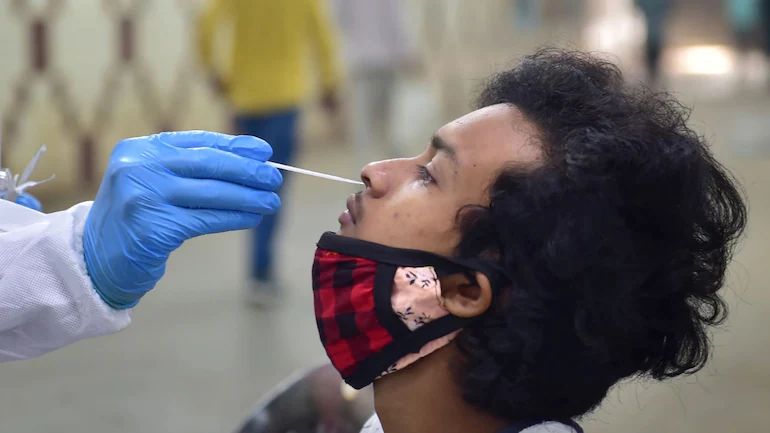Mumbai: Mumbai’s R-value, which reflects how rapidly the COVID-19 pandemic is spreading, increased to over 1 in September end, according to a study. The Reproduction number or R refers to how many people an infected person infects on an average. In other words, it tells how ‘’efficiently’’ a virus is spreading. An R-value smaller than 1 means the disease is spreading slowly. Conversely, if R is greater than 1, the number of infected people is increasing in each round - technically, this is what is called the epidemic phase. The bigger the number than 1, the faster the rate of spreading of the disease in the population. The R-value of Mumbai was 0.70 between 10 and 13 August. It rose to 0.95 between 13 and 17 August, went up further to 1.09 between 25 August and 18 September, and dropped to 0.95 between September 25 and 27. However, it again rose to 1.03 between 28 and 30 September, as per the R-value calculated by researchers of the Chennai-based Institute of Mathematical Sciences. The increase in the R-value of Mumbai comes at a time when the COVID-19 figures have seen an upward trend, amid the festival season. The city logged 629 new cases on 6 October, the highest after 14 July when it had recorded 635 cases. From 7 October, the first day of the nine-day Navratri festival, the Maharashtra government allowed reopening of religious places in the state. While the R-value of Mumbai climbed over 1 last month-end, it is better placed than Kolkata and Bengaluru. The R-value of Kolkata has been over 1 since August and was 1.06 between 29 September and 4 October. The R-value of Bengaluru remained close to 1 since last month and was 1.05 between 28 September and 1 October as per the study. The R-value of Delhi, Chennai and Pune remains below 1. “If you look at these cities, you see that things aren’t that rosy. At least three of the metros (Mumbai, Kolkata or Bengaluru) have R greater than 1 or very close to 1," said Sitabhra Sinha, who is leading the research at the Chennai-based institute. Also, these places exhibit large fluctuations. For example, Delhi had R-value greater than 1 between 27 and 30 September, but less than 1 between 30 September and October 4, he said. “Things can switch very quickly from good to bad in smaller regions, because of the higher degree of variability when you are dealing with smaller populations, so it is difficult yet to say whether we are finally seeing the end-game (of the pandemic),” Sinha said.
The Reproduction number or R refers to how many people an infected person infects on an average. In other words, it tells how ‘’efficiently’’ a virus is spreading
Advertisement
End of Article


)

)
)
)
)
)
)
)
)



